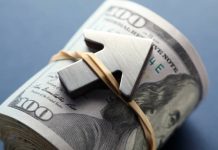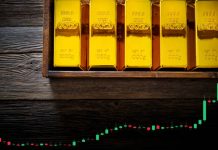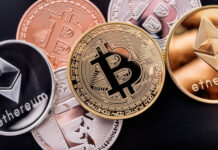Markets
German bonds traded solo yesterday as US financial markets enjoyed a long weekend. They added between 2-4.3 bps in a move partially inspired by comments from ECB’s Wunsch. Unlike Wunsch, ECB president Lagarde at a London seminar yesterday did not reveal her preference for one or the other policy move at the September meeting. It remains a knife edge decision with money markets currently discounting only a 25% chance for a hike. The euro crept a little higher in an otherwise dull session. EUR/USD tried to recover the 1.08 a few times but in vain. EUR/GBP trended south to close at 0.855. Equities in Europe started off well thanks to a good Asian session. But gains of <1% gradually evaporated throughout the session. The likes of the EuroStoxx50 eventually finished flat (-0.06%).
Sentiment in the east meanwhile turned more gloomy compared to Monday. A weaker-than-expected Chinese services PMI (51.8, down from 54.1) underscores the fragile state of the economy, despite the range of measures (some yet to be implemented) taken by the government. Losses amount to 1.5% in Hong Kong. US Treasury yields on their first trading day add about as much as Bund yields did yesterday with changes varying from 1.8-2.9 bps. The US dollar catches a bid and shares the first place in the G10 landscape with the euro. EUR/USD as a result trades sideways sub 1.08. The Australian dollar underperforms with the status quo from the Reserve Bank of Australia not helping (see headline below).
After the Chinese PMIs and RBA decision, the focal point of the remaining economic releases shifts towards Europe. The ECB’s consumer inflation expectations survey is due today. It serves as important input, one of the last, to the September 14 policy meeting. Interest rate markets probably are still more sensitive to a downward surprise in a daily perspective. But we don’t think that it’ll dissuade the ECB from one more hike given stubborn (core) inflation. Sticking to the subject of prices, keep a close eye at oil. Brent has surged >20% since July and that may soon find its way in the m/m readings as well as dampen the current fabourable base effects in the y/y gauges. EUR/USD’s technical picture continues to look dire with the pair unable to depart from the lower bound of the upward sloping trading range. The dollar still holds the better card, making a break lower still look more likely than not. US money markets attach a (much) lower probability to a final Fed rate hike than their European counterparts do for the ECB (September or later). This provides the USD and (short-term) interest rate markets upward potential which could well materialize in case US data continues to show economic resilience.
News and views
Consumer price inflation in South Korea in August accelerated at a much faster pace than expected. Prices jumped 1.0% M/M, the biggest monthly gain since January 2017. The Y/Y measure printed at 3.4% Y/Y up from 2.3% Y/Y in July. The jump was mainly driven by an increase in oil prices since mid-July and unfavourable seasonal factors raising the cost of agricultural products. Food price rose 2.9% M/M . Transportation costs were 3.8% higher compared to the previous month. Core CPI excluding food and energy prices was unchanged at 3.3% Y/Y. The Bank of Korea in August kept its policy rate unchanged at 3.5% since January 2023. Today’s data will keep the BOK on alert and doesn’t leave room for a rate cut in the near future despite risks to the growth outlook. The won this morning is losing modest ground to USD/KRW 1325.4. This compared to levels of USD/KRW near 1257 mid-July and at YTD low (high for the won) at 1216 early February.
The Reserve Bank of Australia today as expected kept its policy rate unchanged at 4.1.%. According to the RBA ‘the higher interest rates are working to establish a more sustainable balance between supply and demand in the economy and will continue to do so’. This leaves the RBA further time to assess incoming data. The Australian economy is experiencing a period of below-trend growth and this is expected to continue for a while. Even so, conditions on the labour market remain tight. Monthly CPI in July continued to decline (4.9% Y/Y), but remains too high and will remain so for some time. The RBA forecast is for CPI inflation to continue to decline and to be back within the 2–3 per cent target range in late 2025. The RBA concludes that some further tightening of monetary policy may be required to ensure that inflation returns to target in a reasonable timeframe. Today was the last meeting chaired by Governor Philip Lowe. Deputy Governor Michele Bullock will replace Lowe starting 18 September. The market reaction to the decision was modest. The 3-y government bond yield adds 1 bp (3.81%). The Aussie dollar remains in the defensive easing to AUD/USD 0.642, but most of this move already occurred before the RBA decision.













